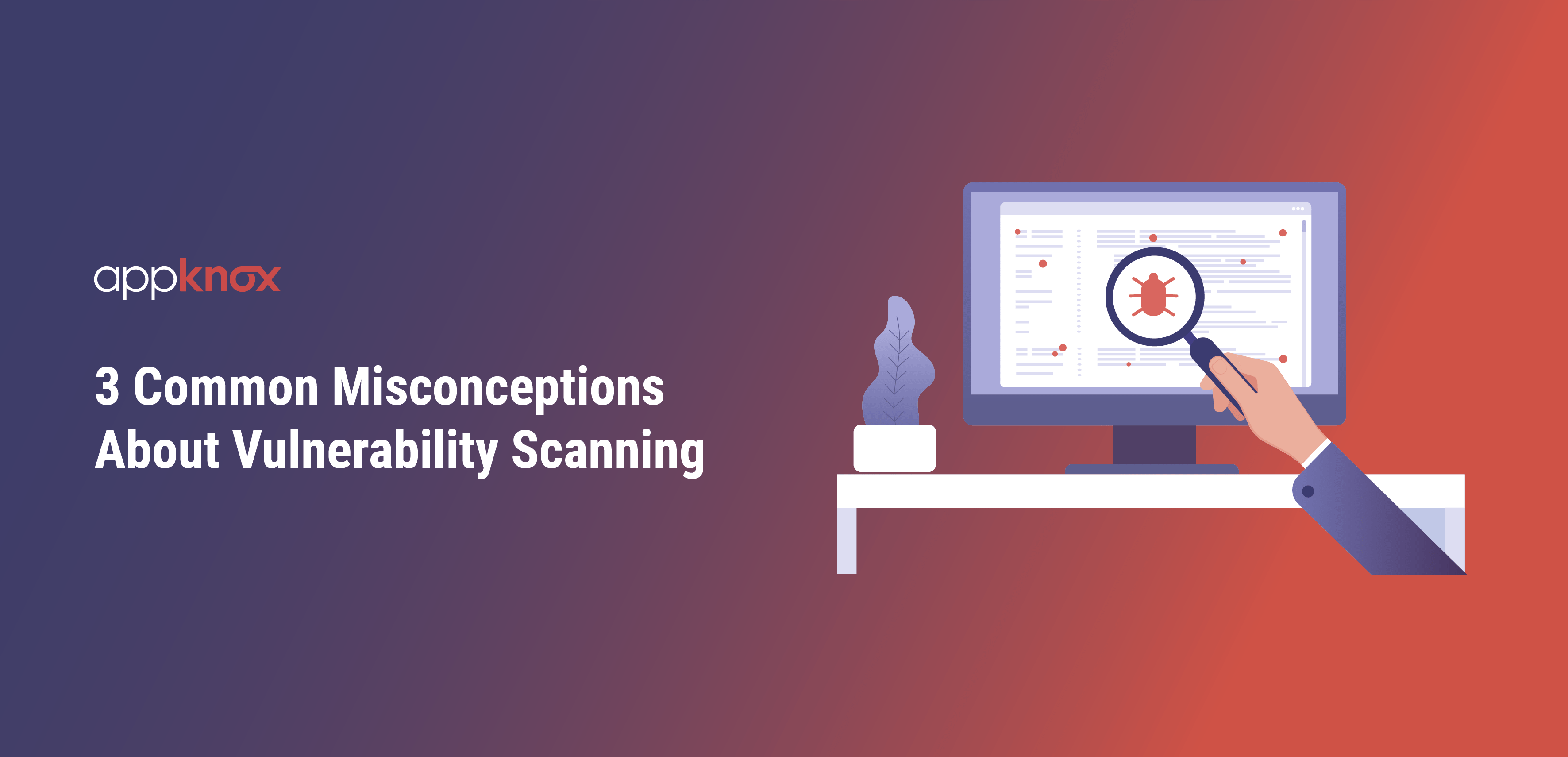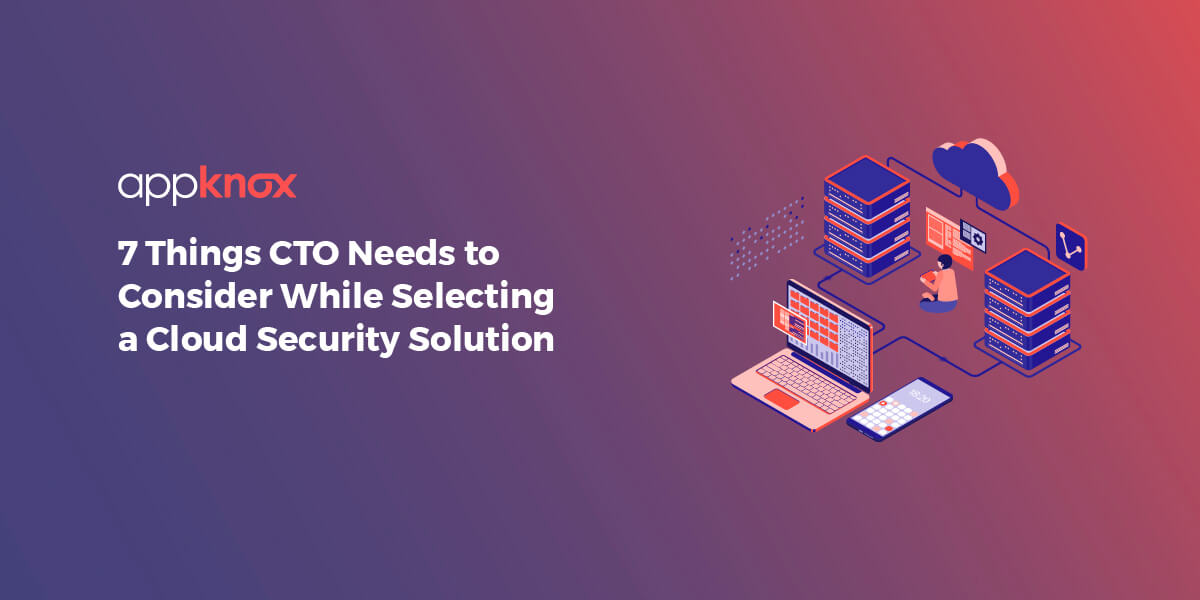In today's age of fast changing digital businesses, CIOs and CTOs are under a lot of pressure to support and meet the rising technology demands. Traditional project management and development models no longer deem suitable. Flexibility, cost efficiency, and agility are the top buzzwords for any CTO or CIO today. Companies of different sizes, be it small startups or large enterprises, are looking at agile development methods to speed things up and improve efficiency.
Here are five key things any CTO or CIO should keep in mind to make an Agile Implementation successful:
1. Continuous Collaboration
Agile is essentially all about teams and collaboration. The first and foremost thing to ensure is that disparate teams are on the same page. There is no alternative to this. Often, there are things you do internally and then there are things you outsource. When you choose a partner that handles some of your tasks, ensure they implement agile methods as well. The most important thing to see is whether they can work as a team within your team. Cohesive collaboration is essential to achieve success in the fast-changing business landscape.
Team size is another important element that can help you on the path to a successful agile implementation. Ideally, build small teams of seven members or less. Research shows that teams of five to seven members have maximum efficiency as a team.
2. Continuous Integration
The next key ingredient to get the true taste of agile development is continuous integration, continuous testing and continuous deployment. There are many tools like GitHub, Jira, Jenkins, Chef, etc. that can help you achieve this.
Why is this an essential ingredient? Well, in simple words continuous integration can help you reduce back-tracking to discover where things went wrong. In fact, if something breaks, you will get to know immediately and will be able to find the source of the problem with ease, thus enabling you to concentrate your efforts in solving the problem rather than on finding it. Overall, this will help you build your features much faster.
The next benefit is that Continuous Integration is cheap. If you don’t follow a continuous approach, you’ll have longer periods between integrations. This makes it exponentially more difficult to find and fix problems. This will, in turn, affect your project dates and delivery and ultimately cost you more.
Continuous Deployment essentially refers to the release into production of software that passes the automated tests. In simple words, “it is the practice of releasing every good build to users,” explains Jez Humble, author of Continuous Delivery.
Continuous Integration, Testing and Deployment not only reduces risk by catching bugs quickly, it also helps make software development a rapid process. With lower risk and faster deployment, you can ensure to meet your business and user needs quickly.
This is something we care about a lot at Appknox, whether it is for our internal technology stack, or for our mobile security product that is used by our customers.
3. Automation
It is fairly easy to understand why automation is a key element in achieving success in agile development. Automation helps streamline the complete Software Development Life Cycle. The reality with automation is that it takes time to implement and run worthwhile automation programs and often many organizations struggle in the initial setup phase. The first thing to do is to understand the goals, challenges and how automation fits within the overall product development lifecycle.
The first thing to do is to understand the goals, challenges and how automation fits within the overall product development lifecycle. The product lifecycle and your plan for automation should go hand in hand.
Also, never lose sight that automation development is a software development activity and all of those same rules and methods should clearly apply. Ensure that your stakeholders understand this.
4. Measurement
Well, there isn't much to explain here. We all know how important measurement of the right metric is. Even then, often, it takes a back seat till we reach that moment when it not only becomes inevitable but also more challenging to work with.
A Gartner report explains this well -
Technical debt is the difference between the state of a piece of software today and the state that it needs to be in to meet appropriate and necessary requirements for quality attributes such as reliability, performance efficiency, portability, usability, maintainability, and security. All development creates technical debt. The difference with agile methods is that technical debt is recognized and added to the backlog, not swept under the carpet. Any organization that seeks to embrace agile methods must put in place the necessary elements of the chosen method dedicated to ruthless refactoring and the elimination of technical debt.
And this is precisely why and how you should plan measurement within your agile development process.
5. Continuous Improvement
The last and one of the most important objectives of having agile development is that it helps teams to continuously assess themselves on multiple dimensions. People familiar with operations would be familiar with the term Kaizen. Kaizen, also known as continuous improvement, is a long-term approach to work that systematically seeks to achieve small, incremental changes in processes in order to improve efficiency and quality. This is what is an important part of agile development.
People who want to implement agile methods must be committed to continuous improvement in quality and cost-effectiveness, which means that every development is analyzed for lessons that can be used to improve policies and working practices. What is important to note here is that this analysis and learning are not just the responsibility of a small number of senior practitioners. Rather, these are fundamental components that everyone who is part of the agile process has to take care of.
And that is precisely why agile development is majorly about the team. That's something to always keep in mind.





 Gartner and G2 recommends Appknox | See how we can help you with a free Demo!
Gartner and G2 recommends Appknox | See how we can help you with a free Demo!
 Harshit Agarwal
Harshit Agarwal










_HighPerformer_HighPerformer.png)
_BestEstimatedROI_Roi.png)

